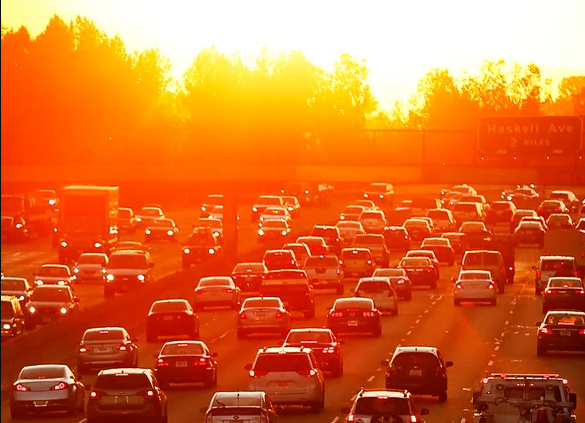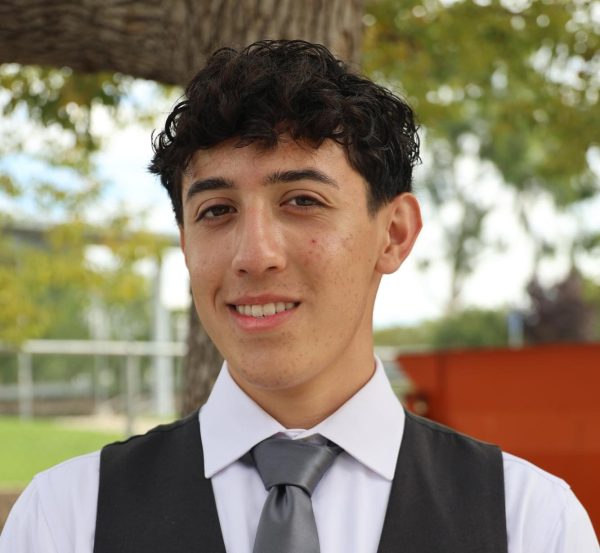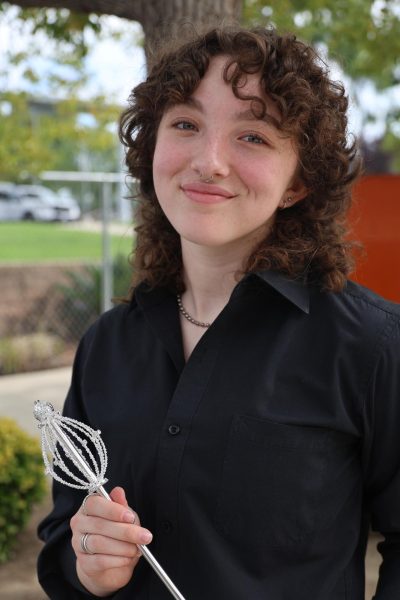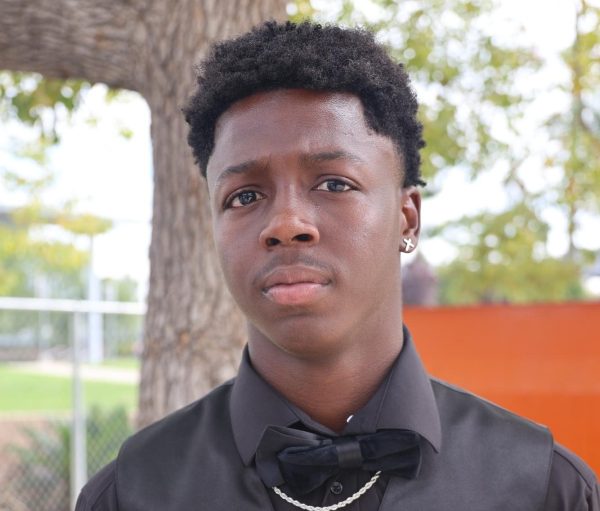Heat wave scorches SoCal: September’s record-shattering highs soon to be the new normal

September is supposed to be the seamless transition from summer to fall, when the freshness of a new school year settles in with the ebbing warmth. Instead of a pleasant drop in temperatures, the Los Angeles area was struck by a savage heatwave on the first of the month, right as Claremont residents were returning back to school and work. This oppressive heat strained power grids and fueled wildfires during its eight-day span.
Excessive heat warnings dominated local news, weather apps, and highway displays while heat advisory cautioned the health risks of sustained high temperatures. In response, cities repurposed public libraries and community centers into cooling centers for citizens in need. Aside from the occasional delivery workers or laborers forced to work in the deadly heat, sidewalks laid vacant as most residents took refuge in air-conditioned interiors. At school, students were seen beelining to their next classes during passing period and packing into air-conditioned buildings for lunch.
Daytime highs pushed all-time records while nighttime temperatures failed to provide the anticipated “temperature recovery” seen in the past. Not only did this threaten the exacerbation of drought, it also intensified the risk of wildfires.
“We’ve had really low humidity and warm temperatures, not just during the daytime but through the entire 24-hour period, and it’s created increased flammability in the fields and bumped it into an ultra-flammable scenario,” Brent Wachter said, a meteorologist at the U.S. Forest Service’s Geographic Coordination Center.
As hotspots erupted across the state, firefighters rushed to the front lines with full gear in the broiling heat. Conditions were so extreme that several firefighters were pulled from the struggles against the Route Fire due to heat-induced illness.
Fortunately, Hurricane Kay arrived earlier than expected and brought along a tropical storm that dampened the flames and relieved the region of its week-long heat wave. However, this was just one late casualty in this year’s heat wave pandemic.
Over this past summer, similar extremes were seen from coast-to-coast in the United States, and across the world in parts of Asia and Europe. Experts blame these events on “heat domes” which are high-pressure systems that move over certain areas and trap heat within the atmosphere. While human-induced climate change was not the direct cause, this surge in heat domes was due to severe changes in ocean temperatures.
“Climate change is making extreme and unprecedented heat events both more intense and more common, pretty much universally throughout the world,” Daniel Swain said, a climate scientist at the University of California at Los Angeles.
The severity and extent of extreme weather will only worsen with the persistent rise in greenhouse gas emissions. We are surrendering to a future of insufferable extremes if we continue to overlook the consequences of these current trends. Soon enough our beloved September will become a dreaded month of infernal heat waves and no longer welcome us to autumn like it once did.
Hello there! Our goal is to provide relavent, engaging journalism for readers of all ages. Your donation will support the student journalists of the Wolfpacket at Claremont High School, and will allow us to purchase equipment, print our monthly issues, and enter in journalism competitions. We appreciate your consideration!

Enya Wang is (at long last) a senior at CHS and a Head News Editor on the Wolfpacket. She didn’t realize the chaos she signed up for as a freshman Reporter,...










